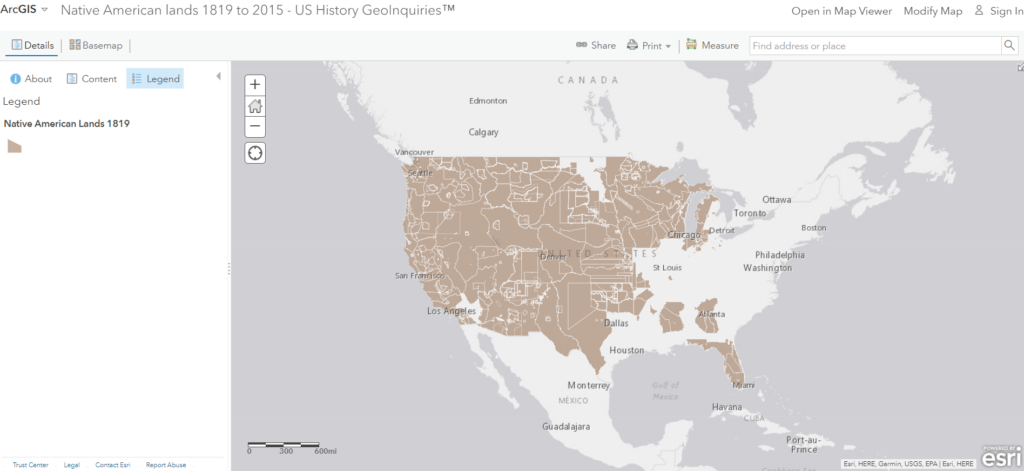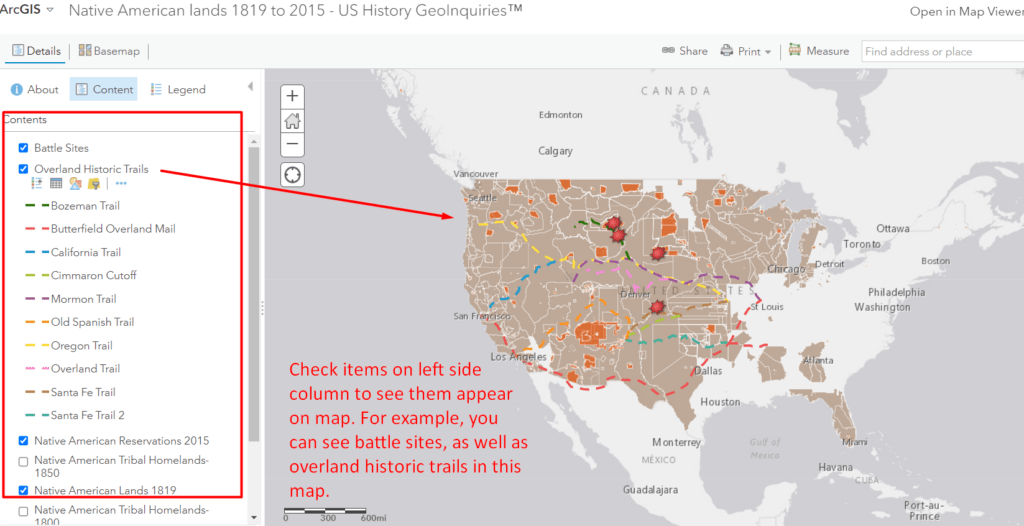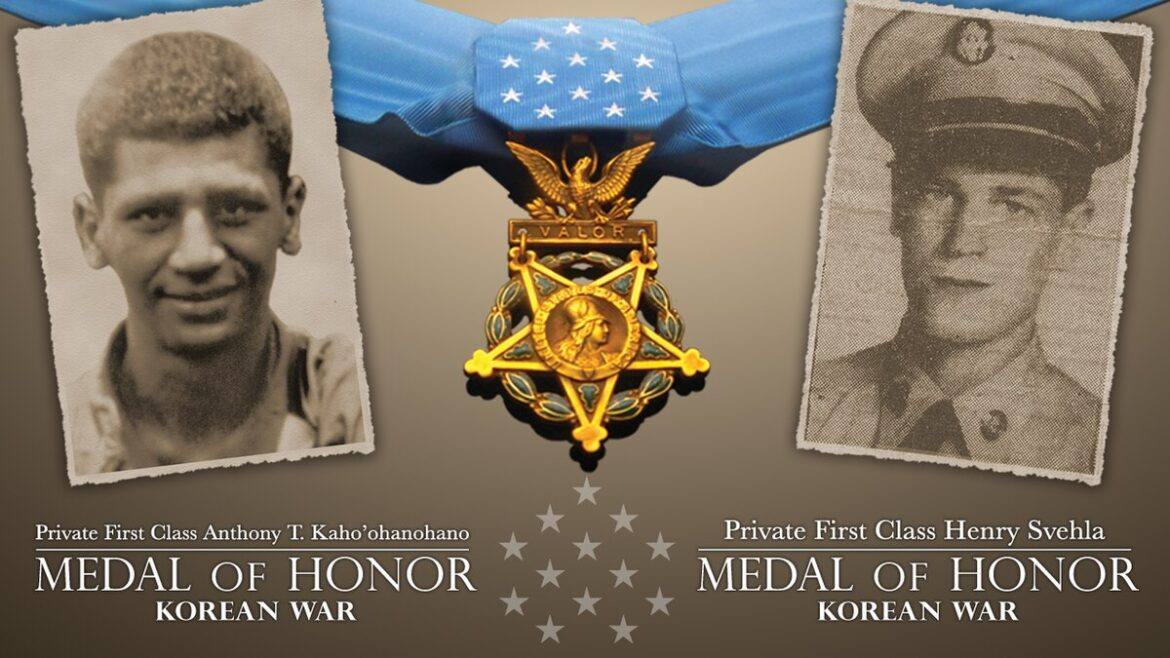With Veterans Day coming up on November 11, you might be looking for some great resources to teach US military history and give insight into the lives, work, and sacrifice of our Veterans and to honor their service. Let’s explore seven resources on US military history that cover everything from maps and battlefields to museums, memorials, Veterans, and more.
Teaching History
Wondering how to teach battle geography and history? Check out what educator Runie Aleema suggests. She advises history teachers in the Social Studies Network. Here are her suggestions from the conversation held August 26, 2023. Her remarks were edited and adapted for readability:
Start with a geography lesson with each major battle. One alternative is to begin with the use of new military weapons or strategies. For example, trench warfare in World War I, as well as the evolution of planes in war. Some more tips include:
- Split each war into sections
- Timeline or map out dates and/or reason(s) for a war
- Discuss allies and enemies, including an introduction of major players, like generals
- Highlight major battles, including geography
- Explore new technologies and/or strategies employed
One great tip she suggests is spotlighting lesser-known people. This is true especially for those who played an instrumental role. Consider viewpoints such as:
- African Americans
- Women
- Indigenous Peoples
Runie Aleema also suggests asking how these viewpoints impact either side of a conflict and what names need to be highlighted. She also includes in her suggestions (among others from contributors appearing below) covering:
- The allowance for women into the armed forces
- The integration of the military that happened in the 50s after WWII
- Research groups such as The Red Tails, 442nd Regiment, Harlem Hellfighters
- Other such noteworthy individuals/events often not spoken about
- Analysis of propaganda
- Using EduProtocols
Let’s take a look at a few resources that were presented in the Social Studies Network.
1. ESRI GeoInquiry Lessons
“There are map-based lessons for US History and wars here,” says M. Kate Sutter. The focus is on GeoInquiries for US History. These map-based accounts focus on assisting students in experiencing the past. Here’s what their website says:
Experience the past with this collection. It highlights critical map concepts in American history. This includes the original 13 colonies, expansion, and resettlement. Also covered are the World War I, World War II, and the Cold War.
You can find fifteen-minute activities designed to teach standards-based content. A student login is not required, and the installation of ArcGIS Online is not needed for Level 1 activities, but it is needed to access those in Level 2.
Here’s a breakdown of the various Levels available:
Level 1
- 13 Colonies (1700s)
- The War Before Independence
- The Second American Revolution
- Westward, Ho!
- Underground Railroad
- A Nation Divided: The Civil War
- Native Americans Land (1819-2015)
- Steel and the Birth of a City
- World War I
- The Dust Bowl
- From Compromise to Conflict
- A Day that Lived in Infamy (Pearl Harbor)
- Operation Overlord
- Hot Spots in a Cold War
- The Great Exchange
Each of the items in Level 1 offer some instructions for guiding the activity. See an excerpt below from the “Native American lands, 1819-2015” guide:

What’s at the heart of these activities is the geoinquiry:

Making geoinquiries of interest makes it easy to apply history to maps. For example, the map below focuses on Native American lands from 1819 to 2015, comparing land areas. You can also see sites of historic battles and trails:

2. American Battlefield Trust
The American Battlefield Trust offers the promise of exploration. You can see military events and engagements. These are occurrences that “shaped America over the course of two centuries,” from the “beginning of the French and Indian War in 1754 to the end of World War II in 1945.”

You will find a searchable website of educational resources. Popular areas of interest appear as well, including:
- Fighting for Freedom: The Role of Black Soldiers in America’s First Century
- The Emancipation Proclamation
- Women in War
- John Brown’s Harpers Ferry Raid
- The Gettysburg Address
- Battlefield Archaeology
What’s more, there are several historical periods covered. They include:
- The Civil War
- The Revolutionary War
- The War of 1812
A special section for educators is available, and the website has a video library. The video library focuses on the different time periods. Here’s one example from “How We Became America: The Untold Story.” It is a video addressing the lives of the enslaved during the Civil War.
Google Classroom support is available, and you can share videos to Google Classroom and then assign them to students.
3. National Medal of Honor
These are actually two different resources about an important topic, the Medal of Honor.

National Medal of Honor Museum
This site offers a searchable database of resources. If you ever wondered who has received the National Medal of Honor, you can do a quick search by name, service branch (e.g. Army), or conflict.
History.com
You can find rich resources, including articles and other content, on this site. Here are just a few examples of many articles available:
- Six Surprising Facts about The Medal of Honor
- First Medal of Honor Action
- Has Anyone Earned Two Medals of Honor?
There are many others, and each one provides rich opportunities for access to historical data.
4. Military Women’s Memorial

“Her Service. Her Story. Her Legacy.” These are the first words you see when visiting the Military Women’s Memorial website. So often, men are the primary focal points of documentaries and histories. But women have had, and continue to have, a powerful role in conflicts.
You can visit the Memorial’s library in person to access a wealth of resources. I found the Military Women’s Memorial Oral History Collection to be more accessible. What a powerful collection to introduce young ladies and men to. You can complement these with children’s books from Military Family Books.
>> Learn more about Military Family Books.
5. The National World War II Museum

The National WWII Museum offers a variety of tools and resources for educators. Per their website, you will find rich historical exhibits and artifact collections. You can register for free to get access, and, like other resources on this list, professional development opportunities are available.
Students can also explore and gain access to recommended books, websites, research starters, and fact sheets. The Digital Learning Projects section offers insights into how teenagers experienced this time through digital collections and authentic yearbooks from WWII.
6. Veterans History Project
Available as a part of the Library of Congress, the Veterans History Project (VHP) offers collections, story maps, and more. The VHP Collections is particularly accessible due to audio and video interviews. With each collection, you get access to helpful research guides:
Research guides provide a curated starting point. Use them to explore the Veterans History Project collections online. Subject experts create research guides that range from deep dives into topical areas. They also highlight collections selected by VHP staff over the years. More curated explorations are available. These appear as Story Maps and through the “Serving: Our Voices” presentations (source).
Their D-Day Journeys offer personal geographies of D-Day Veterans seventy-five years later.
7. National History Day

This final site makes many resources available to teachers. Educators can find the following on the National History Day website:
- Classroom Tools aligned to content areas, developed by teachers for teachers
- Teaching Research Skills resources
- Courses that offer virtual programs for teachers
- Institutes for study and additional professional development
The Classroom Tools section includes over 167 topics with a guide and resources (i.g. map analysis chart and exit ticket questions).
More Resources to Explore
But wait, there’s more! Here are a few other wonderful websites to aid you as a history teacher:
- History Simulation
- America Battlefield Trust
- Project 44: The Road to Liberation
- Use The Tubric to Craft Driving Questions for a Project (PBL)
Do you have favorite resources for teaching US Military History? Please share them in the comments. Ready to get started? There’s a lot to process, but these seven US Military History teaching resources will assist you in getting off to a great start.
Featured Image: Medal of Honor, CC BY 2.0 https://creativecommons.org/licenses/by/2.0, via Wikimedia Commons

